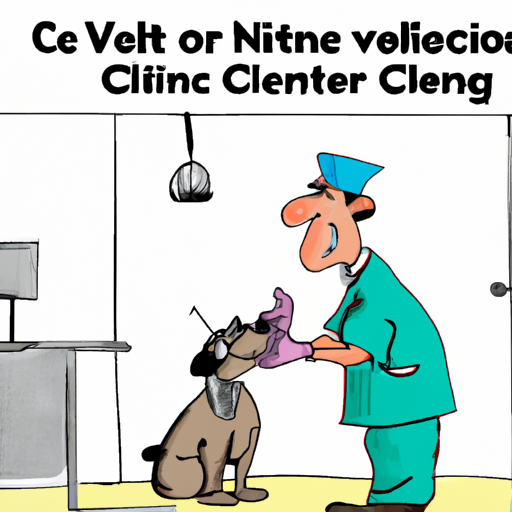Understanding Canine Neutering
Welcome, dear caregiver! You’re considering neutering your male dog, but you’re not quite sure what the process entails. Rest easy; it’s a routine procedure that thousands of dogs undergo successfully each year.
In essence, neutering (also known as castration) involves surgically removing a male dog’s testicles. This operation, performed by a professional veterinarian, renders your furry friend unable to reproduce. More than just a birth control method, neutering also has significant health and behavioral benefits.
The Neutering Procedure: Step by Step
Let’s walk through the process together, from start to finish:
- Pre-Surgery Check-up: Your vet will conduct a thorough examination to ensure your dog is healthy enough for surgery.
- Anesthesia: To make the procedure painless, your dog will be put under general anesthesia.
- Surgery: The vet makes a small incision in the front of the scrotum, removes the testicles, and then sutures the incision closed.
- Post-Surgery Care: Your vet will provide specific instructions for feeding, exercise, and wound care.
Benefits and Risks of Neutering
Neutering isn’t just about preventing unwanted pregnancies. It also comes with a host of other benefits, including:
- Reduction in aggressive behaviors
- Lower risk of certain diseases
- Decrease in roaming tendencies
However, like any surgical procedure, neutering isn’t without risks. These can include:
- Reaction to anesthesia
- Postoperative infection
- Changes in metabolism leading to weight gain
| Benefits | Risks |
|---|---|
| Reduction in aggressive behaviors | Reaction to anesthesia |
| Lower risk of certain diseases | Postoperative infection |
| Decrease in roaming tendencies | Changes in metabolism |
Recovery and Post-Operative Care
After the procedure, your dog will need some time to recover. Expect him to be a bit groggy from the anesthesia. You’ll need to keep him calm and quiet for a few days to prevent any disruption to the healing process.
Here’s a quick checklist of things to do during recovery:
- Check the incision daily for signs of infection.
- Limit physical activity for at least one week.
- Prevent licking or scratching at the incision area.
- Follow your vet’s instructions on feeding and medication.
Frequently Asked Questions
Q: At what age should I neuter my dog?
A: Most vets recommend neutering between six and nine months.
Q: Will my dog’s personality change after neutering?
A: While neutering can reduce certain behaviors, it doesn’t change a dog’s fundamental personality.
Q: How long does it take for a dog to recover from neutering?
A: Recovery times vary, but most dogs are back to normal within two weeks.
Q: Will neutering make my dog fat?
A: Neutering can slow a dog’s metabolism, but a balanced diet and regular exercise can prevent weight gain.
Q: Can neutering have any negative impacts on health?
A: The risks associated with neutering are minimal compared to the health benefits it provides. However, it’s best to discuss this with your vet to make an informed decision.



